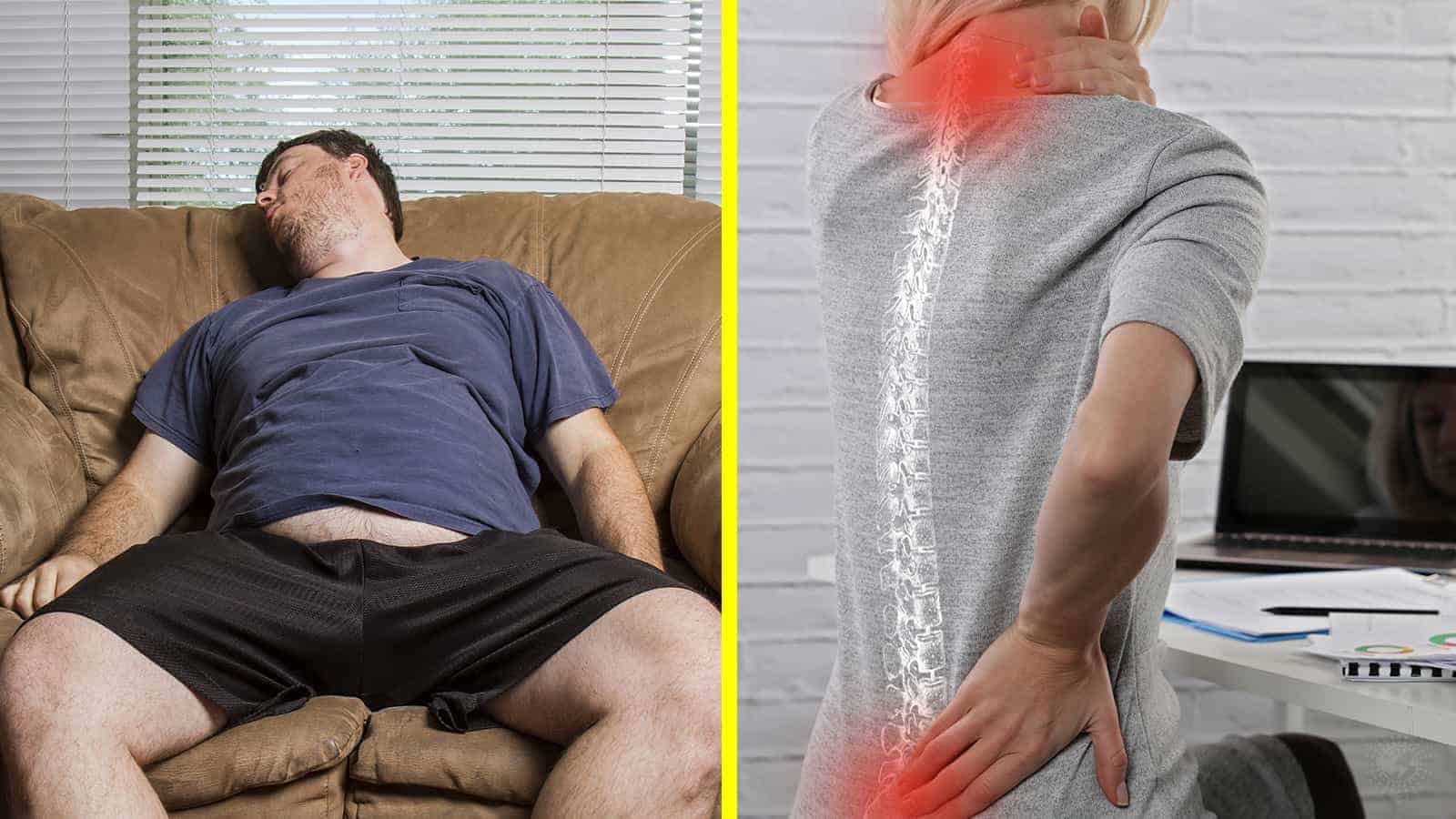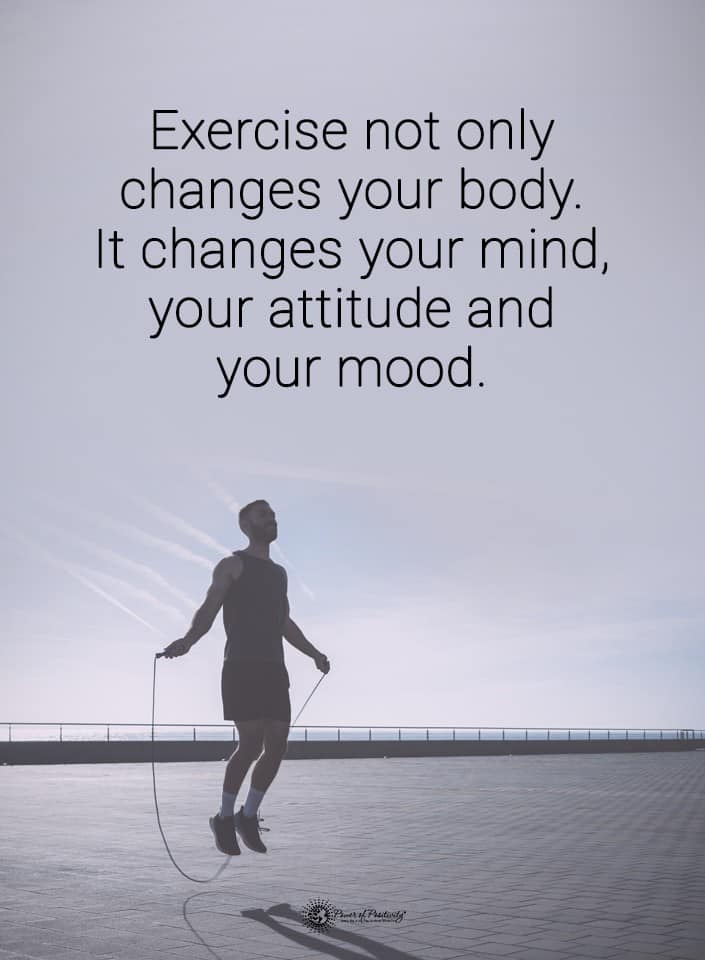Our bodies were meant to move, not live a sedentary lifestyle. Indeed, we’re told to move a lot. Unfortunately, today, it’s far too easy to stay still. Desk jobs, entertainment, and a non-energetic diet can keep us in one place for much of the day.
An inactive lifestyle is something that people need to fight against. The consequences of being inactive are grave. These consequences could be in the form of physical problems, mental problems, or emotional problems. It can even lead to death.
Being inactive is no joke. If this sounds extreme, keep reading to discover what scientists and medical experts say about leading a sedentary lifestyle.
What Constitutes a Sedentary Lifestyle?
An inactive lifestyle is characterized by little to no movement. You can’t include everyday chores or activities like walking around your house. Your body is used to that action, so it does little to help.
When you think of inactive people, the first thought that may come to mind is “couch potato.” Although these people are included, it could also refer to people who sit all day at work or have mobility issues. Unfortunately, mobility issues may be out of a person’s control, but everything else is due to individual lifestyle choices.
Believe it or not, physically active people can also lead inactive lifestyles. When you think about the fact that there are 24 hours in a day, and the most dedicated athletes may spend two to four hours training every day, that still leaves 20 to 22 hours to be inactive. Eight of that is already spent sleeping. That means you have almost 14 more hours to be active or passive.
Causes of Inactive Lifestyles
A common misconception is that people who are sedentary are merely lazy. However, this is far from the truth for most people.According to the World Health Organization (WHO), the economic development of countries is what contributes to high rates of inactivity among its citizens. Access to more transportation options, the availability of technology, cultural values, and urbanization are all to blame for the increase in inactivity. Dr. Nick Knight, Ph.D., says, “It’s almost as though our health is an indirect victim of our and our society’s success.”
Transportation
According to a study done by Chief Economist Don Pickrell of the Volpe Center of the United States Department of Transportation (U.S. DOT), in 2015, Americans spent more than 84 billion hours driving. That number has continued to rise over the years.
Many Americans spend hours per day sitting in traffic, being inactive.
Technology
The explosion of technology has made Americans very lazy. Television, video games, smart devices, and more keep people planted in a chair.
The average American spends three to four hours a day on their phone. Americans also spend almost three hours per day watching television. That’s six to seven hours of inactivity due to technology. When you factor in an eight-hour job and eight hours of sleep, that leaves only about one hour of downtime if the person is lucky.
Screens aren’t the only culprit. Robots and other technology have taken over activities that would otherwise have people moving. The iRobot Roomba is a great example. People used to sweep or vacuum their carpets. Now, Roomba does it while people get to sit around and watch television.
Cultural Values
An entire book could be written on how cultural values contribute to an inactive lifestyle. An example can be seen in certain social hierarchies. People at the top – the rich and powerful – don’t typically participate in strenuous activities. They have people to do it for them – hypothetical minions they can order around while they sit on their hypothetical thrones.
Religion is another excellent example. Some people attend church every Sunday, sitting for an hour or more. They may go to bible study, or other church functions twice a week, sitting for several hours again. Unless they’re a service person of the church (like a choir member, deacon, or usher), chances are they’ll be firmly planted in a pew the entire time.
Urbanization
Urbanization has had a tremendous impact on people’s activity levels. Large cities may no longer be walkable, so people take public transportation, or drive. Safety issues lead to people staying indoors more.
There may not be any parks for people, especially children, to visit, and gym memberships are expensive and priced out of many people’s budgets. Everything about urbanization seems to make people more and more inactive.
Consequences of a Sedentary Lifestyle
The most common consequence of being inactive is weight gain. This is the consequence that most people are familiar with, and this is a dire consequence. However, it doesn’t stop there. There is more than the eye can see.
Inactivity is Not Human Nature
Being inactive goes against human nature. Doctor James Levine, MD, author of Move a Little, Lose a Lot, says that “Human beings evolved as a walking entity, exploring the world on our feet.” In other words, we evolved to move, not sit in an office chair all day.
Scientists have discovered that physical activity contributes to at least 35 unhealthy conditions, including the top 10 leading causes of death in the United States. The consequences of being inactive may manifest themselves in different ways, but they all lead to severe diseases and conditions that can kill you.
Consequences of Inactivity
Some of the more minor consequences (none of them are minor, just more minor than the major ones) include:
- Obesity or morbid obesity.
- Reduction of the lipoprotein lipase activity that clears triglycerides (the bad fats).
- Increased risk of high blood pressure.
- An increased risk of depression or anxiety.
- An increased risk of having a stroke.
- A decrease in skeletal muscle mass.
- An increased risk of metabolic syndrome.
- An increased risk of falling for seniors.
Significant consequences, many of which start with minor effects and then progress, include:
- An increase in the chance of cardiovascular-related death.
- An increase in the risk of some cancers.
- Higher chances of developing type 2 diabetes.
- An increased risk of osteoporosis.
Preventing all these problems is so simple. All you must do is get up and move more. Even if you have a job that requires you to sit, there are ways to increase your activity levels. Some ideas on how to do this are given in the next section.
Ways to Increase Physical Activity
Increasing physical activity isn’t always as simple as getting up and exercising. Some barriers must be overcome, such as work, school, kids, budgets, medical conditions, etc. You may have to start small and work up to even more physical activity.
You could start by consciously getting up and moving every thirty to sixty minutes, even if it’s only stretching. This is especially important if you have a desk job. You can also limit your screen/device time, pick up a new hobby that doesn’t involve sitting, or do more chores by hand rather than using robots or machines.
Try walking your dog more, taking the stairs instead of the elevator, or parking in the back of the parking lot so you’ll have a longer distance to walk. Doing small things will eventually lead to other things, like doing actual workouts at home or the gym. Once you find an activity you enjoy, expand your knowledge through online apps or YouTube videos. Who knows? Maybe you have never found the right exercise for you!
How Much Physical Activity Should You Get?
The amount of physical activity that people need varies with age. Health organizations such as the CDC or the U.S. Department of Health and Human Services (HHS) have put out these guidelines on how much activity people should get based on their age:
Preschool Ages
Preschool children should get plenty of physical activity throughout the day.
Adolescents
Ages 6 to 17 should get at least one hour, with a few days a week being concentrated on muscle-strengthening and bone-strengthening.
Adults
Adults should do 2.5 to 5 hours of moderate physical activity per day or 1.25 to 2.5 of vigorous aerobic activity per week. Muscle-strengthening exercises should be done at least two days a week. These numbers are minimal – more physical activity leads to more benefits.
Seniors
The same guidelines for adults apply to seniors. However, they may have conditions that prevent them from following the guidelines. In that case, they should do as much as they can. Stretching and balance exercises are helpful.
Final Thoughts on the Consequences of a Sedentary Lifestyle
Many people are guilty of not getting enough physical activity; in many cases, it’s not their fault. It’s a product of the society the world has created and the demand it requires of people. It leaves little energy and time left over for purposeful physical activity.
Despite this, people must overcome the challenge because sedentary lifestyles kill people. Just remember that you’re meant to move. Don’t let life get in the way of your health. Get moving today.
















 Community
Community

